How Much Did Cars Cost in the 50s
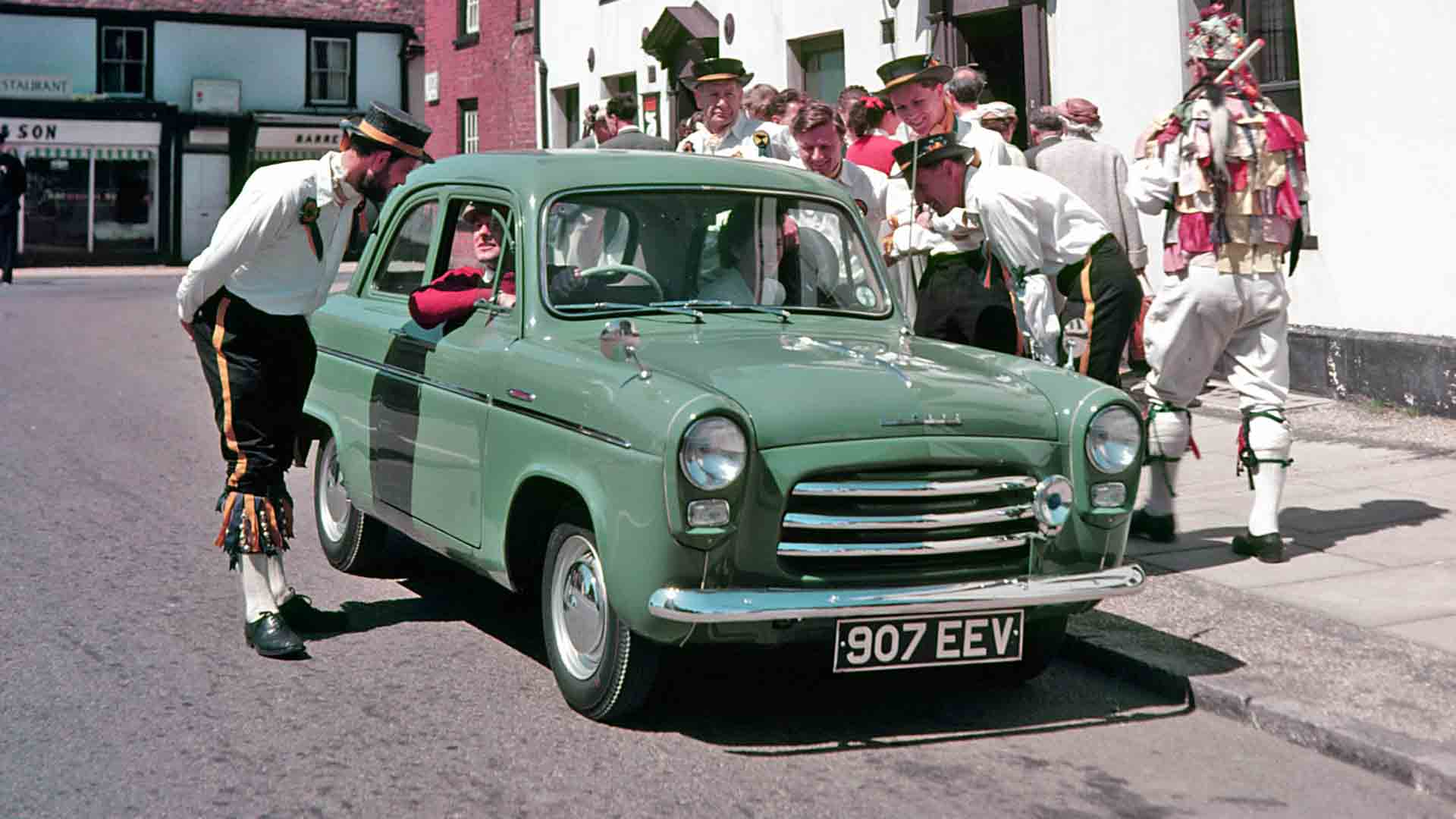
Your first encounter with a car was probably when your parents drove you home from the maternity ward.
Safe to say you won't remember much about the journey, but did your folks ever reveal their choice of wheels for this momentous drive?
Make no mistake: they've probably never driven in a more careful and considerate manner.
The coolest car from the year you were born
This got us thinking: how much did it cost to buy a car in the year you were born? To find out, we've selected a broad selection of cars from 1950 to 1999.
The 1950s: Tutti Frutti
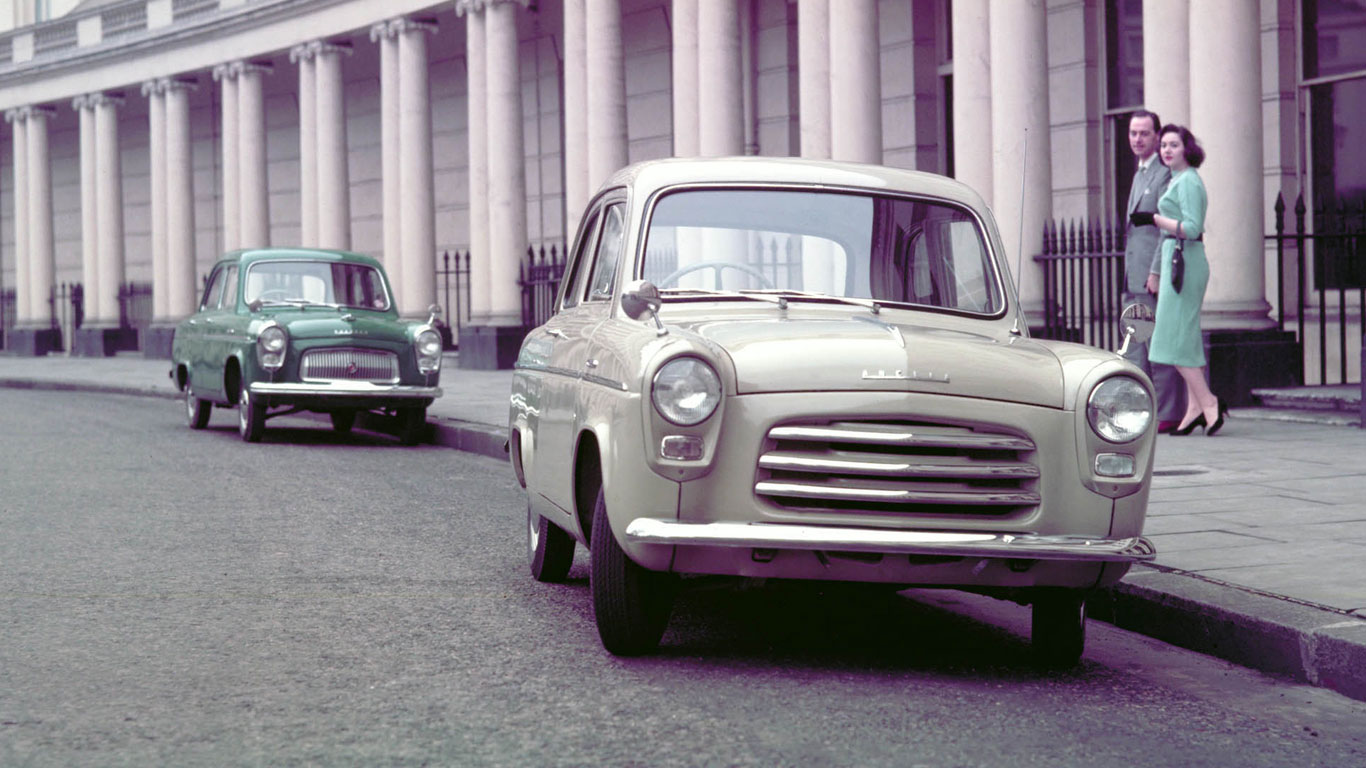
This was the decade in which Britain got back on its feet. Still recovering from the effects of the Second World War, the nation's economy began to improve, with a surge in housebuilding and a raft of new time and labour-saving devices.
The car industry was also beginning to find its feet. Trips to the seaside and picnics in the park were made possible by a new and exciting range of family cars, with the Morris Minor, Standard Vanguard, Ford Popular and Rover P4 just four examples.
America's obsession with fins and chrome was influencing British car design, with two-tone paint jobs also proving to be rather popular. The future was bright.
According to a copy of Motor , October 1948, the Ford Anglia was the cheapest four-wheel car in Britain. In 1950, the Anglia – an ancestor of the current Ford Focus – would have set you back £310, the equivalent of £10,703 in today's money.
To give that figure some context, the average house price in 1950 was £1,940.

Costing significantly more, the Austin A30 of 1952 was – together with its replacement, the A35 – one of the most popular cars of the 1950s. None other than James Hunt was a fan, as was Wallace of Wallace & Gromit fame, who drove an A35 van.
In 1951, an Austin A30 would have set you back £507, with the A35 – which arrived in 1956 – starting at £541. The most expensive A35 was the Countryman, which commanded a price tag of £638. That's the equivalent of £20,190 in 2020.
Other vehicles of note include the luxo-spec Humber Hawk, which would have cost £695 plus £290 in purchase taxes back in 1955. In today's money, that's £26,037, about the same price you'll pay for a Ford Mondeo Titanium Edition in 2020.
It would be remiss of us not to mention the Mini. Though synonymous with the Swinging Sixties, the Mini burst onto the scene in 1959, with prices ranging from £497 to £537. It quite literally changed the shape of British motoring and laid the foundations for a new decade.
Year/Car/Price new (2020 adjusted)
1950: Ford Anglia – £310 (£10,703)
1951: Austin A30 – £507 (£16,045)
1952: Ford Consul – £717 (£20,786)
1953: Ford Popular – £391 (£10,199)
1954: Austin A50 – £649 – £720 (£17,903 – £20,111)
1955: Humber Hawk – £985 (£26,037)
1956: Austin A35 – £541 – £638 (£13,606 – £16,046)
1957: Berkeley Sport – £574 (£13,944)
1958: Austin A40 – £676 – £698 (£15,913 – £16,430
1959: Mini – £497 – £537 (£11,651 – £12,599)
The 1960s: Good Vibrations
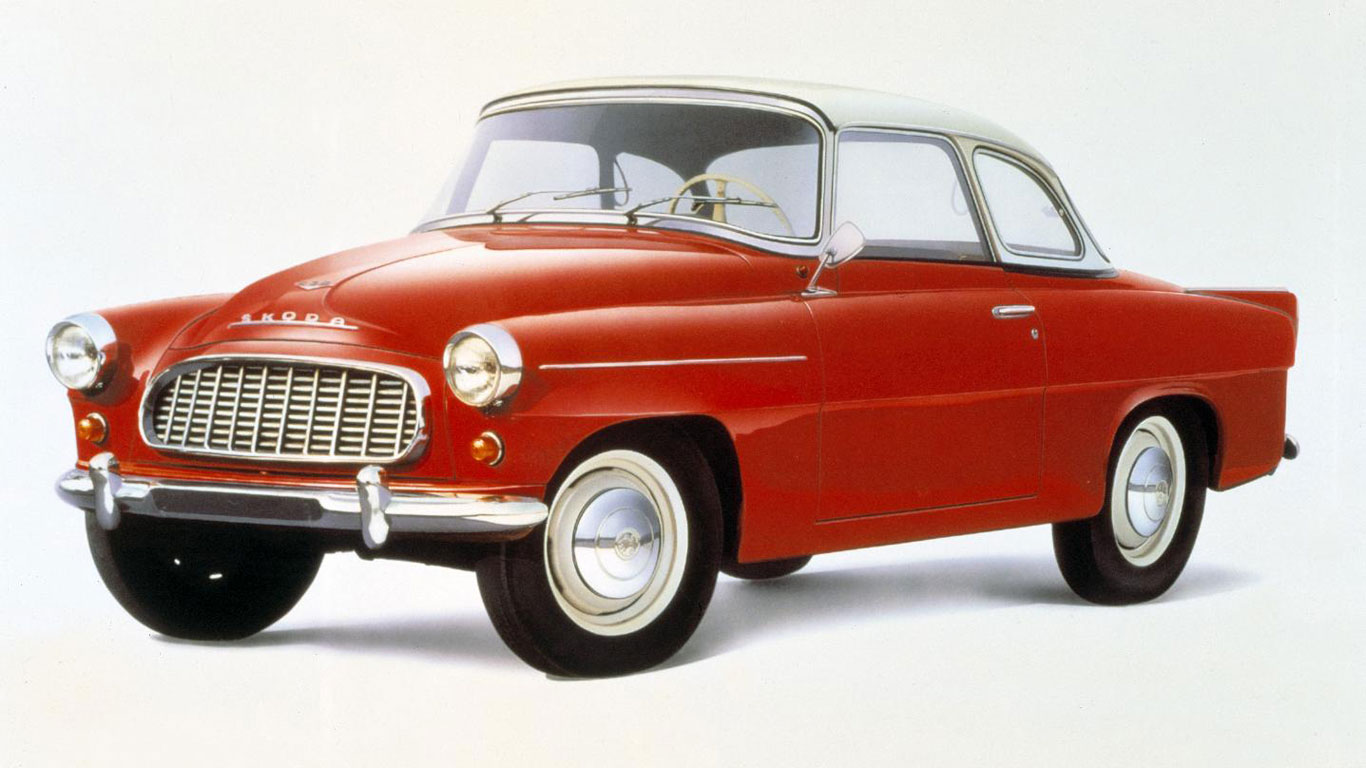
The 1960s: a decade of flower power, free love, the first man on the moon, the Beatles, the Mini and miniskirts. Britain was the centre of attention, with the nation leading the way in fashion and pop music.
And England won the football World Cup, which is something we're reminded about every four years…
If London felt like the centre of the world, the likes of Coventry, Dagenham, Luton and Cowley were the epicentre of car manufacturing. Sadly, by the end of the decade, the rot had set in, with the British motor industry already in decline.
In 1960, the original Skoda Felicia would have cost £744, the equivalent of £17,264 when inflation adjusted. Today, that price will secure you a Skoda Fabia Monte Carlo, or a Scala, if you're prepared to do a little haggling.
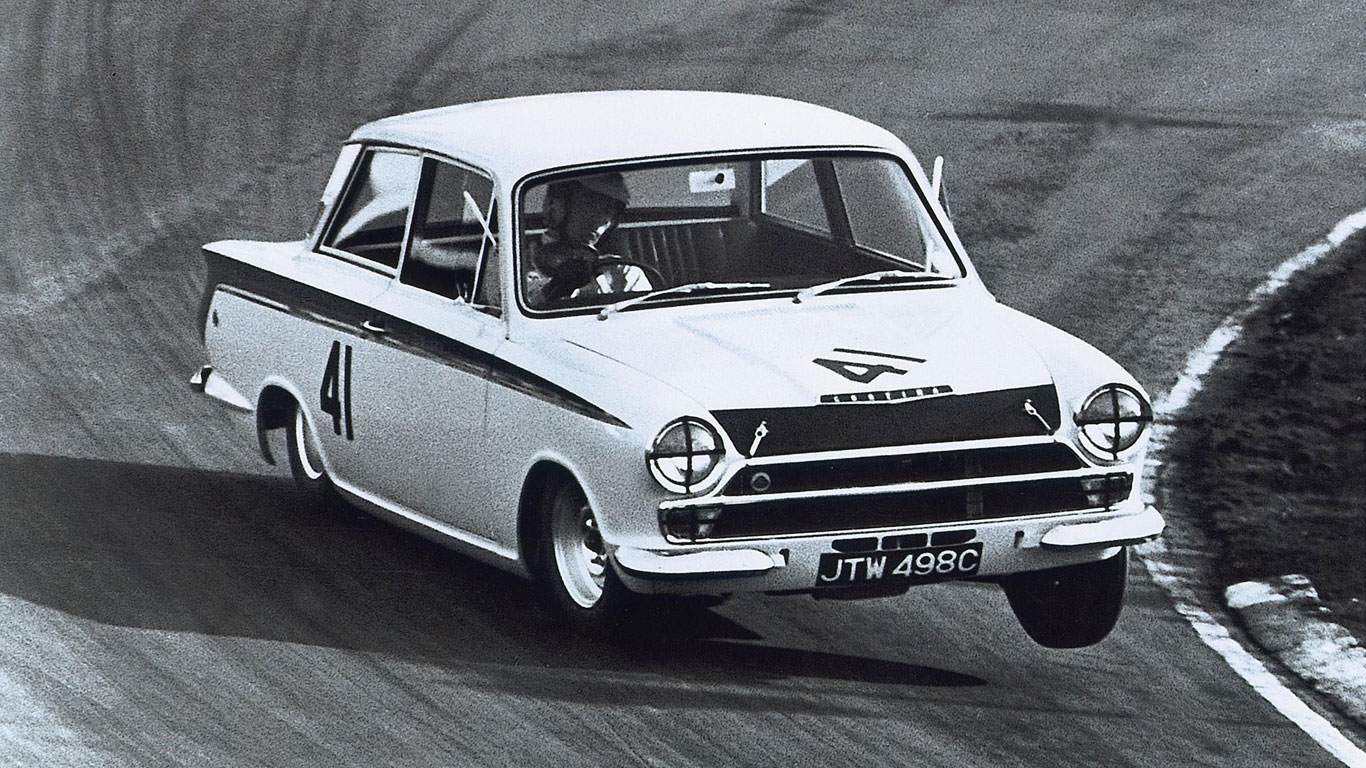
Another car of note is the Ford Lotus Cortina. Back in 1964, you could drive away in this super-saloon for £1,100 – about a third of the average house price. Inflation adjusted, that's a little shy of £22,500. Good luck securing a Lotus Cortina for that price in 2020.
In 1966, as England lifted the still gleaming Jules Rimet trophy, the Porsche 911 was still in its infancy. You could have celebrated the Three Lions' triumph by purchasing a 911 for £3,438 (£64,529 in 2020). Today, you'll need at least £83,000.
There was an alternative. The four-cylinder 912 – so often unfairly overlooked – was available for the more affordable price of £2,466. That's the equivalent of £44,285 – quite a significant saving. All of the flash, a lot less cash.
As if to bridge the gap between the 60s and 70s, Ford launched the Capri in 1969. The 'car you always promised yourself' became a firm favourite of the 1970s, not least because of its low price. Just £890 for the 'European Mustang' – what a steal.
Year/Car/Price new (2020 adjusted)
1960: Skoda Felicia – £744 (£17,264)
1961: Hillman Super Minx – £854 (£19,153)
1962: Ford Classic – £723 – £779 (£15,542 – £16,746)
1963: Hillman Imp – £508 – £532 (£10,718 – £11,224)
1964: Lotus Cortina – £1,100 (£22,459)
1965: Saab 96 – £729 (£14,222)
1966: Porsche 911 – £3,438 (£64,529)
1967: Rover P6 – £1,358 (£24,834)
1968: Renault 4 – £599 – £629 (£10,467 – £10,991)
1969: Ford Capri – £890 (£14,759)
The 1970s: Go Your Own Way

The optimism of the 1960s was washed away in the 1970s, with the decade remembered for its conflicts, political unrest and unemployment. Many people also consider the 70s to be the decade that style forgot.
An unfair reflection? Perhaps. Families were richer than ever and people had more social time than before. The likes of David Bowie and Marc Bolan gave rise to new-found self-expression, while women enjoyed more freedom than in previous decades.
Of course, from an automotive perspective, the 70s will be remembered for the decline of the British motor industry and a new wave of cars being imported from the Far East. But how much did you have to pay for cars in the 1970s?
We kick things off with the Rolls-Royce Silver Shadow: the car that saved the company, while – in the long term – tarnishing its reputation. Oversupply led to falling values, with the Silver Shadow developing a reputation for being associated with 'end of the pier' entertainers and some rather shady characters.
It wasn't always like this. In 1970, a Silver Shadow would have cost £9,272 in old money, the equivalent of £144,509 in new money. Take a moment to consider the average house price in that year – £4,975.
A year later, Jaguar unveiled its first V12-engined car: the Jaguar E-Type V12. Not the best time to be launching a gas guzzler, considering the imminent fuel crisis, but at £3,139.39, at least it wouldn't break the bank.
In 1972, a basic Ford Cortina cost a mere £963 – not a bad price for the fastest selling car in Britain. In today's money that's £12,802. Try getting a new Ford Mondeo for that price.
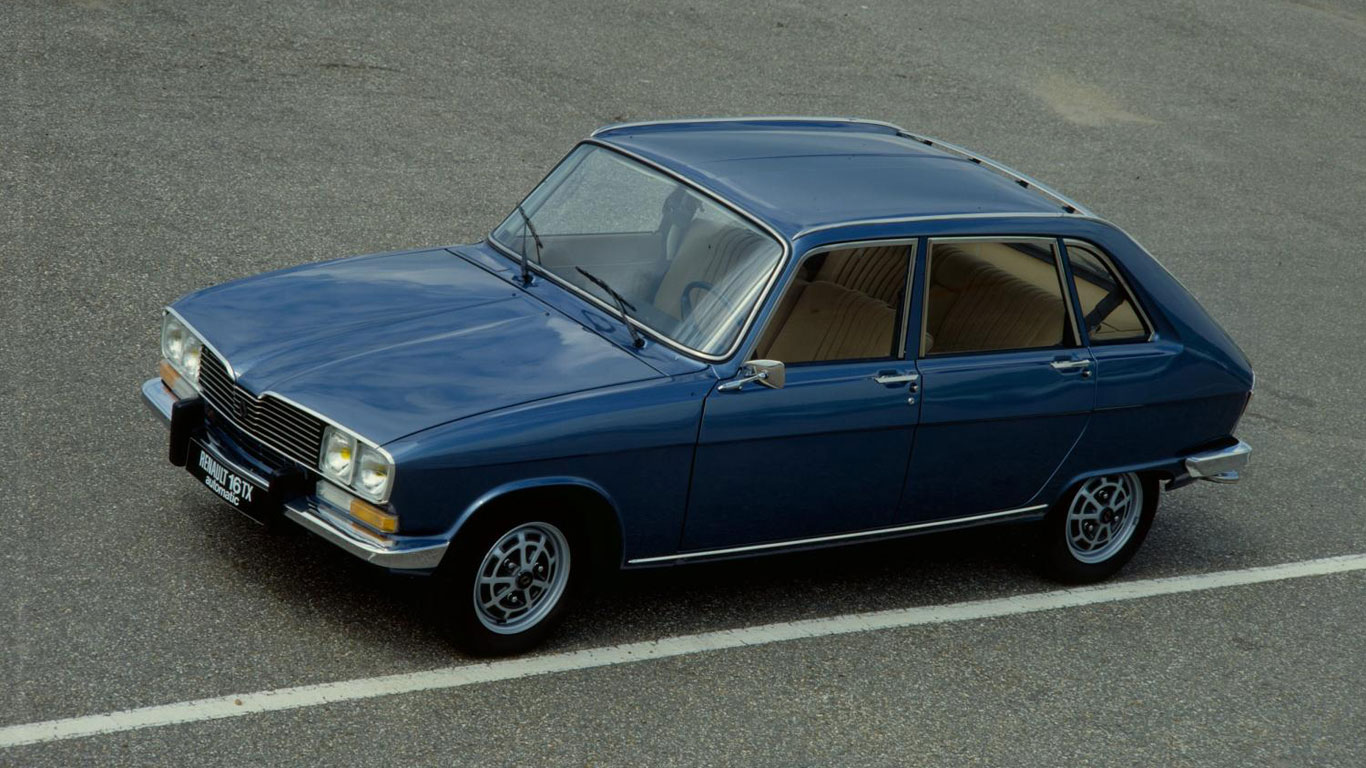
But that's nothing compared to the £1,894.75 Renault was asking for the brilliant and forward-thinking 16TX. Its 1,647cc engine helped to propel this smooth-riding hatchback to 50mph in under 9.0 seconds, while the big Renault was also generously equipped. Great car, sadly missed.
We'll leave the 70s with two cars that went on to lead very different lives. The rather brilliant BMW 2002 Tii cost an eye-watering £3,659 in 1975, while, a year later, the 1976 Car of the Year Chrysler Alpine cost £2,164.49.
One of those cars has gone on to become a gilt-edged classic car, while the other rusted into oblivion.
Year/Car/Price new (2020 adjusted)
1970: Rolls-Royce Silver Shadow – £9,272 (£144,509)
1971: Jaguar E-Type V12 – £3,139 (£44,703)
1972: Ford Cortina – £963 (£12,802)
1973: MGB – £1,393 (£16,974)
1974: Renault 16TX – £1,895 (£19,898)
1975: BMW 2002 Tii – £3,659 (£30,925)
1976: Chrysler Alpine GL – £2,165 (£15,693)
1977: Renault 4 – £2,595 (£16,244)
1978: Ford Capri 2.0S – £4,035 (£23,324)
1979: Fiat Strada – £3,044 – £3,742 (£15,517 – £19,075)
The 1980s: How Soon Is Now

Big hair, big shoulder pads and big cellphones: welcome to the 1980s. If the years before were brown and nicotine-stained, the new decade ushered in an era of brighter colours and renewed optimism.
Greed was good, or so we were told. As Madonna sang, we were living in a material world and she was a material girl. It was the decade of MTV, yuppies, video games and blockbuster movies. And, let's not forget, the hot hatch…
We kick things off with the TR7. Triumph claimed it was 'the exciting car you can afford', pitching it alongside the £35,100 Ferrari 512 BB. A bold approach for the £6,361 sports car, but "… in these hard times, you've got to economise somewhere".
Two years later, Fiat celebrated the Panda's first birthday by slashing its price to £2,995. "Fiat [has] discovered a way of making Pandas breed like rabbits." Well, quite. The equivalent price today: £10,649. That's cheaper than a 2020 Fiat Panda…
By 1985, the Citroen 2CV was about to enter the twilight years, with £2,774 securing some 'Tin Snail' action. In 1986, Seat was a relative newcomer in the UK, with the Spanish firm asking between £4,095 and £5,771 for its neatly-styled Ibiza.

Oh, Rover, where did it all go wrong? Actually, that's a rhetorical question, because its demise has been well documented. In 1988, the not so small matter of £19,944 could get you behind the wheel of the fastest road-going Rover: the 800 Vitesse.
Consider that price for a moment. That's perilously close to BMW M3 or Jaguar XJS money. But what a car: 2.7-litre 24-valve V6 engine, 140mph top speed and more gadgets than a branch of Dixons.
We close the curtains on the 80s by mentioning the Lada Riva. Back then, a budget car probably meant something from the Eastern Bloc, with the Riva available for 'just' £3,495. Compare and contrast with the £6,995 Dacia Sandero.
Year/Car/Price new (2020 adjusted)
1980: Triumph TR7 – £6,361 (£27,482)
1981: Mazda 323 – £3,399 – £4,499 (£13,127 – £17,375)
1982: Fiat Panda – £2,995 (£10,649)
1983: Ford Escort RS1600i – £6,700 (£22,779)
1984: Saab 900i – £8,510 (£27,559)
1985: Citroen 2CV Special – £2,774 (£8,468)
1986: Seat Ibiza – £4,095 – £5,771 (£12,090 – £17,038)
1987: Citroen BX GTi – £10,205 (£28,922)
1988: Rover 800 Vitesse – £19,944 (£53,882)
1989: Lada Riva – £3,495 (£8,761)
The 1990s: Spice Up Your Life

What's the story, morning glory? Welcome to the 1990s: the decade of Brit Pop, the Spice Girls, the Tamagotchi and Noel's House Party. Yes, it was a bit of a mixed bag.
Football very nearly came home, Blur and Oasis often came to blows and Jarvis Cocker bared his bottom at the Brit Awards. House prices rocketed from £59,785 in 1990 to £101,550 by the turn of the Millennium.
Looking back, cars weren't exactly cheap. The Daihatsu Charade GTti might have been the world's most powerful 1.0-litre car, but you'd need £8,299 to secure a slice of three-pot turbocharged loveliness.
Today, the equivalent price will secure a Ford Fiesta ST. A year later, a Renault 19 16v – a forgotten gem from the 90s – would have cost £12,725. In today's money, that's not enough for a new Renaultsport Megane RS.
Check out the price of a Jaguar XJS 4.0 Convertible in 1992. At just shy of £40,000, it was about two-thirds of the average house price. Expensive? At £83,195 in today's money, that's around £15,000 more than a Jaguar F-Type First Edition Convertible.
In 1993, the Citroen ZX Volcane turbodiesel would cost less than £13,000 – not bad for what was arguably the world's first diesel hot hatch. At £21,895, the Vauxhall-based Saab 900 SE Turbo Coupe looks expensive, as does the £15,499 Hyundai Sonata 2.0 CD.

But that's nothing compared to the launch price of the Porsche Boxster. At £33,950 it sounds good value, but inflation adjusted that results in a figure of £62,255. There are two things to consider here.
Firstly, the average house price in 1997 was £76,103. Secondly, you can buy an entry-level 718 Boxster in 2020 for around £46,500. You've never had it so good.
We'll say goodbye to the 90s by referencing the Bristol Blenheim. The price in 1998 was an eyebrow-raising £119,000, which is around £37,000 more than the average house price. You pays your money, you takes your choice…
Year/Car/Price new (2020 adjusted)
1990: Daihatsu Charade GTti – £8,299 (£19,005)
1991: Renault 19 16v – £12,725 (£27,525)
1992: Jaguar XJS 4.0 Convertible – £39,900 (£83,195)
1993: Citroen ZX Volcane TD – £12,630 – £12,995 (£25,922 – £26,671)
1994: Saab 900 SE Turbo Coupe – £21,895 (£43,879)
1995: Hyundai Sonata 2.0 CD – £15,499 (£30,020)
1996: Land Rover 90 County V8 – £14,468 (£26,363)
1997: Porsche Boxster – £33,950 (£62,255)
1998: Bristol Blenheim – £119,000 (£210,981)
1999: Lexus IS200 – £20,500 (£35,794)
Prices sourced from Car, Autocar, Autocar & Motor, Motor, What Car? Today's prices sourced from the Bank of England's inflation calculator and are based on 2019 figures.
ALSO READ
Things you don't see in cars anymore
Jeep wants to ban 'identical copy' of its iconic model
Both Steve McQueen AND Carroll Shelby owned this classic Chrysler
How Much Did Cars Cost in the 50s
Source: https://www.motoringresearch.com/features/cost-car-year-born/
0 Response to "How Much Did Cars Cost in the 50s"
Post a Comment